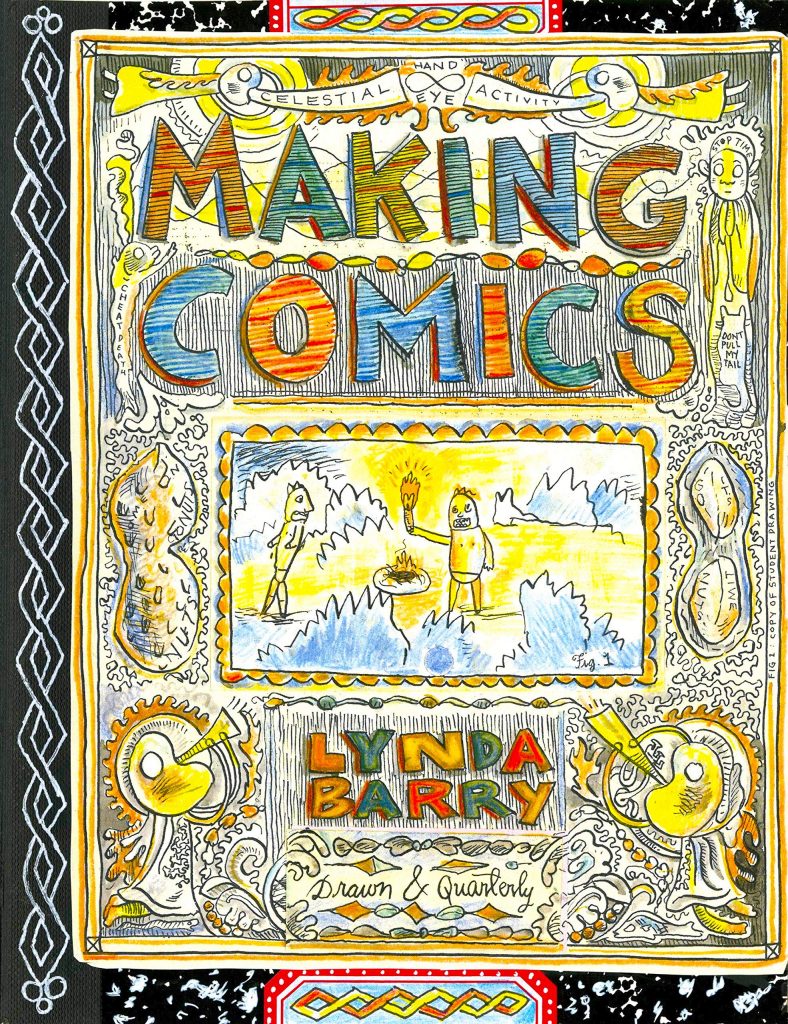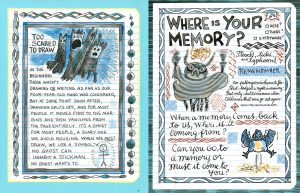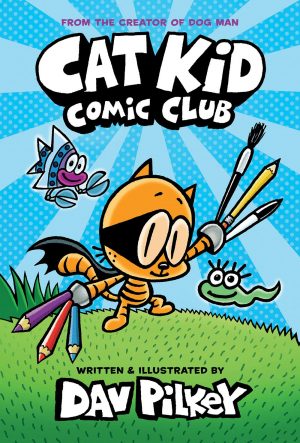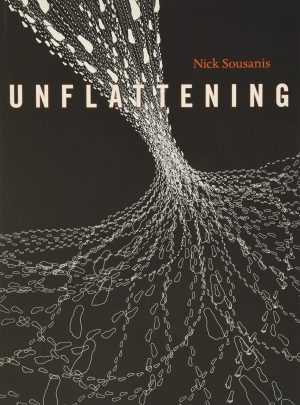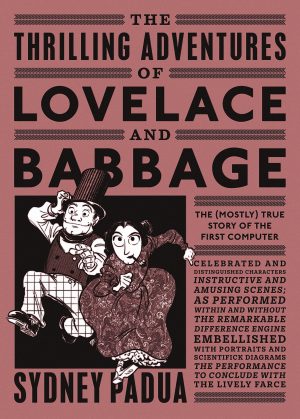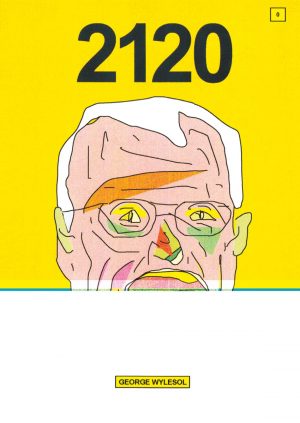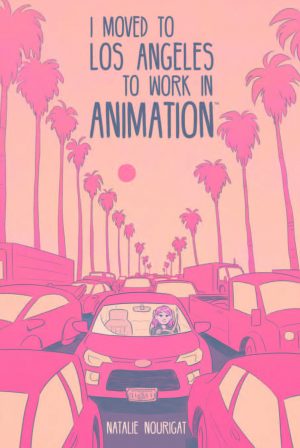Review by Woodrow Phoenix
“Have you given up on drawing?” asks the back cover of Making Comics. “Would you like to give it one more try?” Linda Barry‘s classroom in a book Syllabus: Notes from an Accidental Professor contained 22 projects, paper versions of the 22 weekly classes forming her ‘Writing the Unthinkable’ workshop, for readers to work through by themselves at home. This is a companion volume. It is the same size, shape, and design, a compositional notebook personalised with drawings and stickers. Inside, however, it’s more organised and composed, entirely a book of drawing and handlettered writings. She explains this on the first page: “There was a time when drawing and writing were not separated for you. in fact, our ability to write could only come from our willingness and inclination to draw. … The letters were characters and when certain characters got together in a certain order, they spelled your name.”
Making Comics is refreshingly different from the many teachers of formulas for story structure. There is no mention of The Hero’s Journey, The 5 or 7 Basic Plots, character arcs, Rising and Falling Structure and all the other formal devices that make popular commercial fiction so rigidly lifeless and predictable. Instead, the exercises are all designed to make you find images and ideas inside yourself with a kind of automatic writing method where you allow your hand to move and with a few external prompts you follow where it goes without trying to direct it or trying to make perfect “professional” images. The story emerges between your brain and your hand as something appears on the page.
“The kind of drawing we are doing is quick, crude, anonymous, and disposable. We draw a face to see who shows up. We find faces, people, creatures in a few scribbled lines. … People who don’t think they can draw are usually better at this than people who draw regularly. A certain kind of a learning has to take place before a practising artist can get to the place where this kind of drawing can take you.” From an initial gentle beginning, the exercises build in complexity to the point where students finally complete a ‘sustained story-building exercise’ that must be done in two hours without a break. And by the time you reach that point, you are more than able to do this.
As an intro to a mindset entirely outside the experience of most readers, the earlier Syllabus is fascinating even if you have no intention of using it as a teaching prompt. However, Making Comics is less discursive and focused entirely on the directed drawing and writing exercises. It is still very engaging, but if you are mainly interested in following Barry’s storytelling process at work rather than making your own drawings then you will enjoy What It Is and Syllabus more than this. Lynda Barry was awarded a MacArthur Genius Grant in 2019 for this fourth book in her series exploring the boundaries of imagination and creation, and continues to teach at the University of Wisconsin-Madison.
